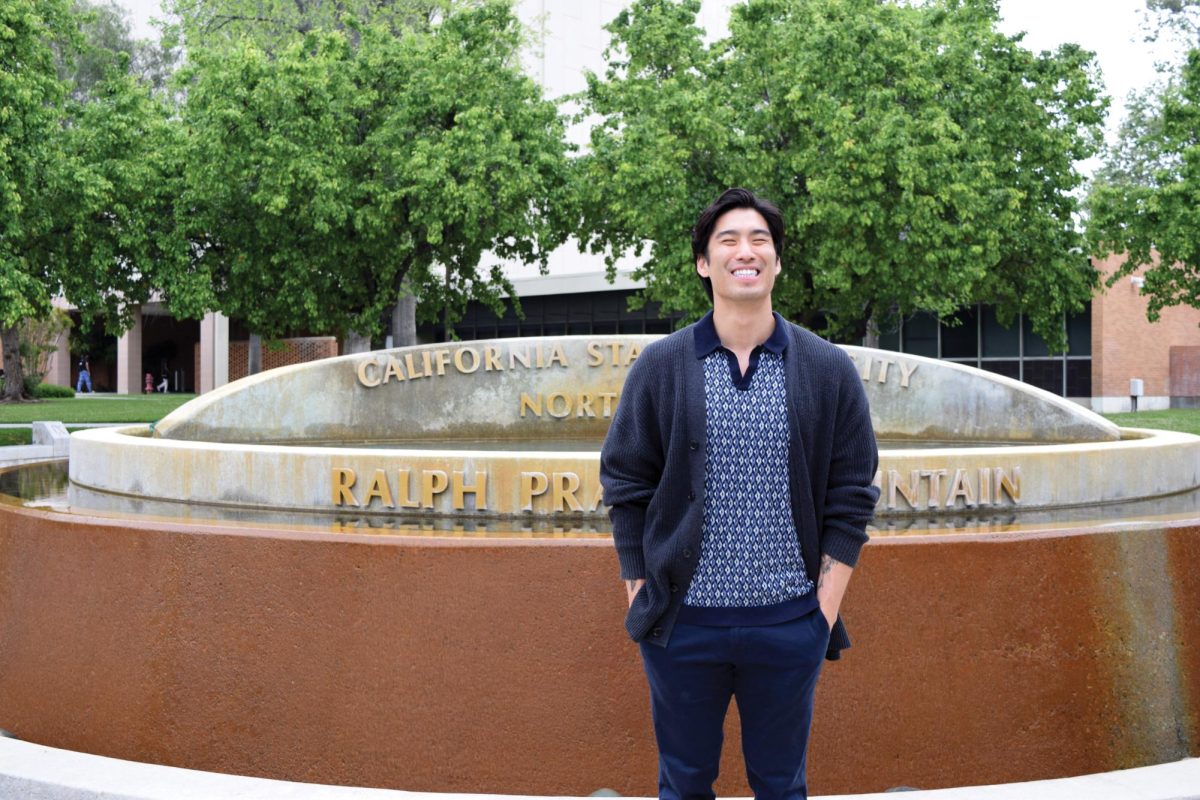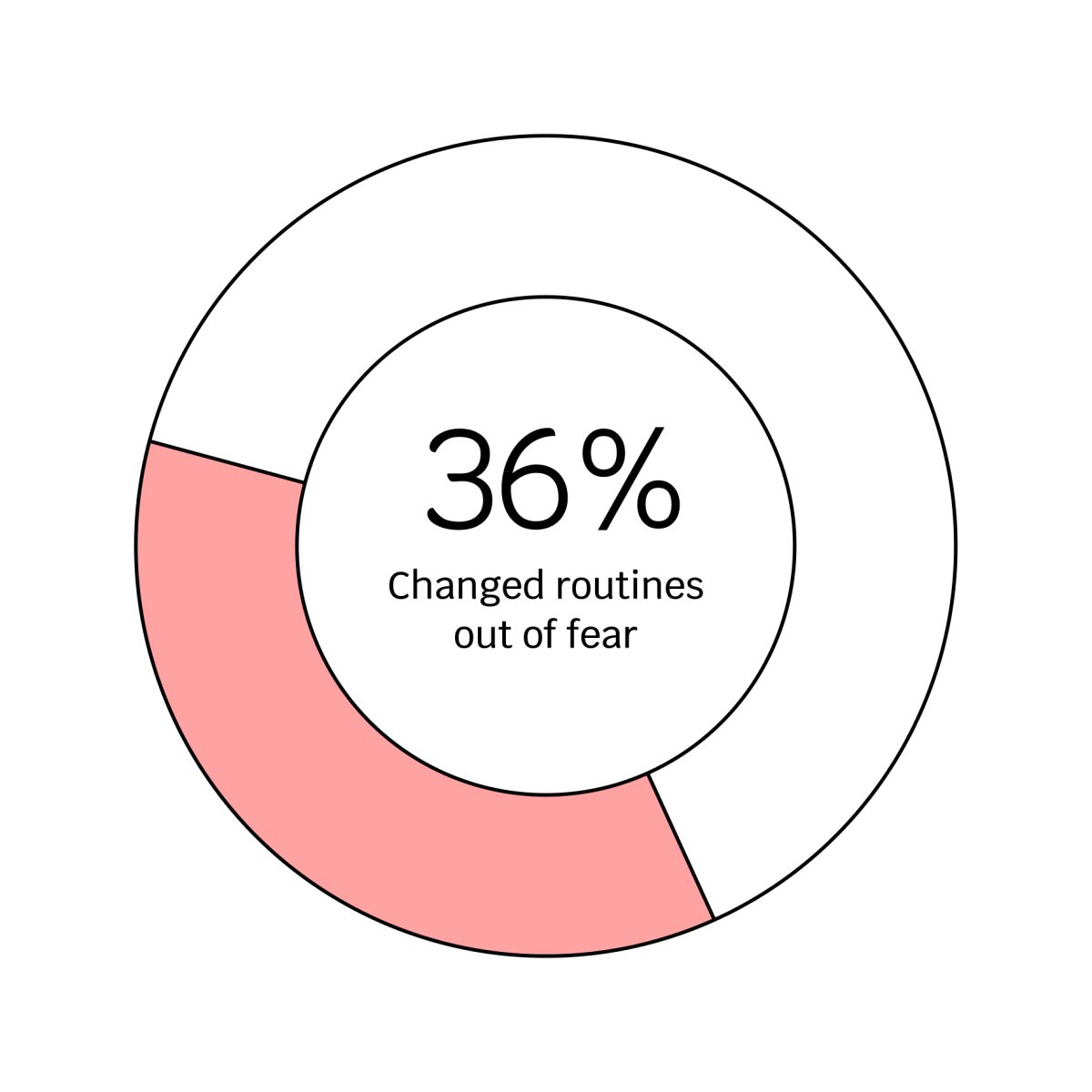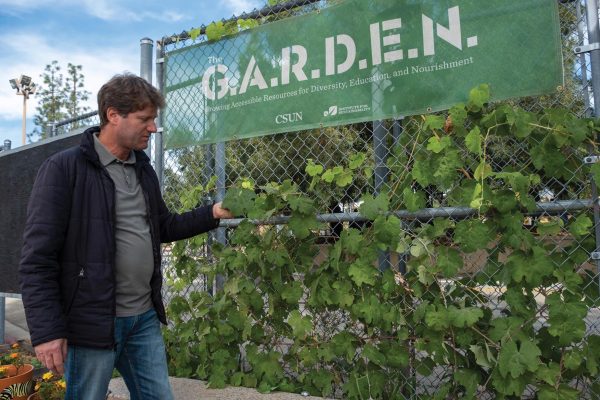
California State University, Northridge has recently been making strides toward becoming a more sustainable campus thanks to the leadership and combined efforts of administrators, staff and students of all backgrounds who are passionate about realizing sustainability.
With a student body of around 35,000 and more than 4,000 employees, CSUN uses more energy annually than the average MLB stadium does per season. Last year, the campus used over 40 million kilowatts of electricity, according to Austin Eriksson, the director of energy and sustainability at CSUN’s facilities, planning, design and construction department. Thus, making the campus more sustainable is critical.
The now six-year-old Sustainability Center serves as the campus hub for sustainability and environmentalism. The building itself is the first and only of its kind in the CSU system. No other CSU campus has a dedicated sustainability building, and what is perhaps even more impressive is that the Sustainability Center is the first Leadership in Energy and Environmental Design-platinum building in the CSU system as well, according to the acting director of the Institute for Sustainability, Sarah Johnson. Essentially, the building is not only incredibly energy efficient, but it also meets nearly all of its energy needs with its own solar panels.
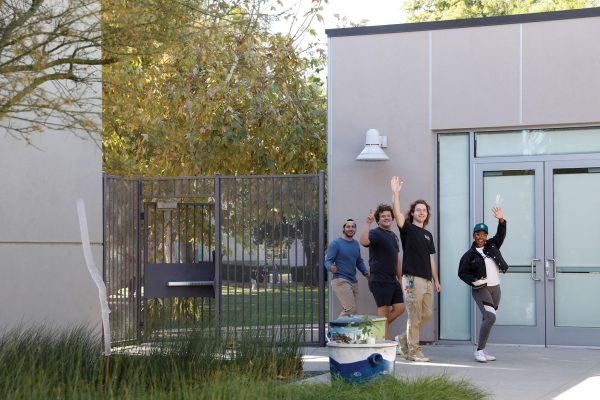
Having a dedicated center has been a game changer for sustainability efforts on campus. The center, funded by Associated Students, houses both the Institute for Sustainability and AS Sustainability, and is also home to the CSUN Environmental Club. Being in the same building has created more synergy between the Institute and AS Sustainability. “Now we have this hub where we work really closely with AS, so that’s helped a lot,” Johnson said.
The Institute for Sustainability, now under the auspices of the College of Social and Behavioral Sciences, works on multiple projects and different fronts to create a more sustainable campus as well as to ensure that all students learn about sustainability and climate change.
Recently, Johnson worked as part of the CSUN Sustainability Team to develop a new comprehensive 10-year plan to address all aspects of sustainability on campus. CSUN’s Roadmap to Sustainability is incredibly wide-ranging, covering 10 planks of sustainability – from environmental concerns of sustainability like energy, water and emissions to social sustainability in the form of justice, equity, diversity and inclusion. Equally important, the progress in each of these pillars and their subsets is measurable and transparent. Progress can be tracked on Sustaira, indicating that CSUN’s leaders in sustainability are serious about results and sharing them with the community.
With the end of the previous 10-year plan and the launch of this new one in June, Johnson acknowledges that “we still have a long way to go, obviously, but we are much further along than we were 10 years ago.”
The progress to transform CSUN into a more sustainable space, though, can already be seen all over campus. Eriksson points to the tripling of the electric vehicle charging stations from 24 to 90. The campus has also completely switched over to LED lighting. By replacing over 43,000 bulbs, the campus is now saving over 1.7 million kWh of electricity per year, while also reducing greenhouse emissions by 2,200 metric tons of carbon dioxide annually. On the landscaping side of things, Johnson says that over a million square feet of lawns have been removed with even more slated to be removed over the next five years.
In its mission to address multiple areas of sustainability, the Institute for Sustainability also oversees the half-acre CSUN Food Garden.
Jesse Woltal and Kai Keale, the caretakers of the garden, are two of the eight California Climate Action Corps fellows currently being hosted by the Institute. Founded by California Volunteers of the Office of the Governor, CCAC fellows are “the country’s first state-level, climate service corps [who work] to empower all Californians to take meaningful action to safeguard the climate,” per the California Volunteers’ site.
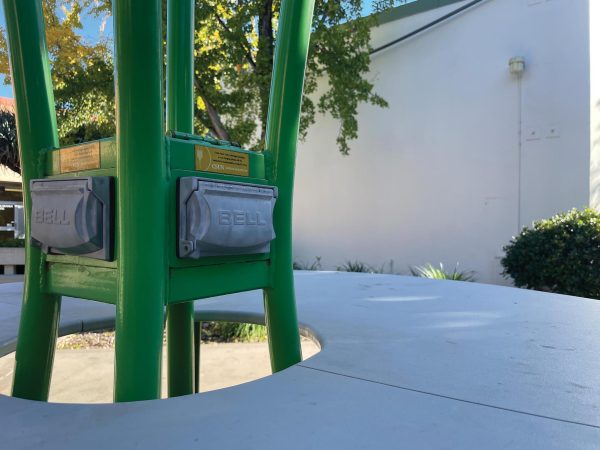
In many ways, the garden is one of the more tangible embodiments of sustainability ideals and efforts on the campus. Growing food together sustainably not only builds community, it also addresses issues of social and economic sustainability, namely food insecurity.
“One of the things that we do here at the garden is that we give all of our produce over to the food pantry here on campus. Everyone deserves to have access to good clean produce,” Keale said.
Unused produce, though, does not go to waste, as it is used for compost to amend the soil and help grow other plants. This spirit of growth from previous effort is central to the garden.
The garden is not just a place for growing food; the climate corps fellows and volunteers are also making a concerted effort to plant natives and help threatened species, such as the monarch butterfly. “We have our fruit trees, we have our vegetable beds, but all throughout, we have 60 different species of California native plants growing here,” Woltal said. Thus, the garden is a sort of oasis for native plants in the concrete jungle that is the San Fernando Valley.
Keale often uses the synergy and the biodiversity seen in the garden as a teaching metaphor on the importance of multiculturalism in society. There are many parallels between the dynamics of a thriving garden and a multicultural society.
“When I try to describe synergy and biodiversity in the garden, I also try to bring up that these plants function very similar to us. We don’t just like one culture or one group of people because it won’t grow very well, and there will not be necessary change when there needs to be. But, you know, together we have all of these different skills and cultures and ideas that we bring to the table,” Keale said.
Toward that end, Woltal and Keale incorporate enduring sustainable agriculture practices of Indigenous peoples. In the garden, they are striving to realize a broader and more inclusive vision of what sustainability can be.
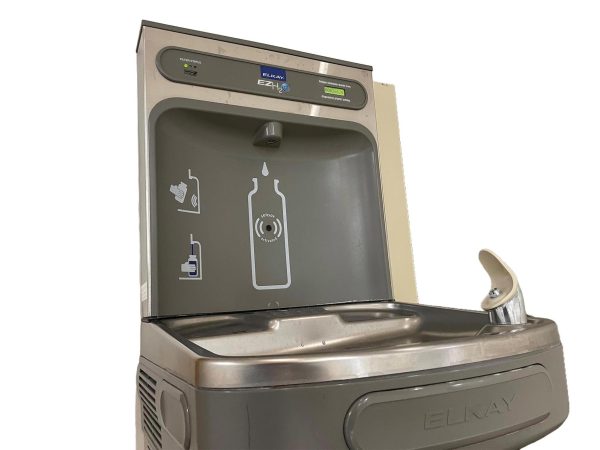
Lecturer, CSUN sociology graduate alum and fellow California Climate Action Corps member Valeria Ramirez also sees a kind of Western bourgeois concept of sustainability. Ramirez points to how communities of color in south Los Angeles and similar neighborhoods have already been practicing sustainability in the form of reusing, recycling and gardening in response to generations of environmental racism and food insecurity, despite maybe not knowing the modern branding of sustainability. “That’s what I’m working on specifically – trying to bridge what cultures are already doing,” Ramirez said. Drawing on her background in collective action and research, Ramirez also helped to develop the Roadmap to Sustainability, focusing on addressing intersectional issues of social and environmental justice.
As a CCAC fellow working on Zero Waste, Ramirez also echoed what both Eriksson and Johnson said is perhaps the biggest sustainability challenge facing the campus: waste. Zero Waste is the idea that waste should ideally be prevented or at the very least reduced to, first, what can be composted and, second, to what can be recycled in order to divert waste from landfills.
Despite the hundreds of bins around campus, there is still the issue of sorting waste properly. “The challenge is that what’s getting put into them isn’t always what’s really supposed to be in them,” Johnson said. CSUN’s Zero Waste website confirms this: as much as 30% of the campus’s waste that heads to a landfill can actually be recycled, which could make a huge difference. One of the biggest ways, then, that students can have a direct impact on sustainability on campus is by “taking the time to properly sort the material at the Zero Waste bins,” Eriksson said.
Not everyone has to get their hands dirty gardening, though, to contribute to a more sustainable campus. From filling a reusable water bottle at one of the many refilling stations, making a conscious effort to use less plastic, or deciding to walk or bike to campus, there is an endless amount of everyday decisions that can be made to help CSUN be more sustainable now and in future generations.

